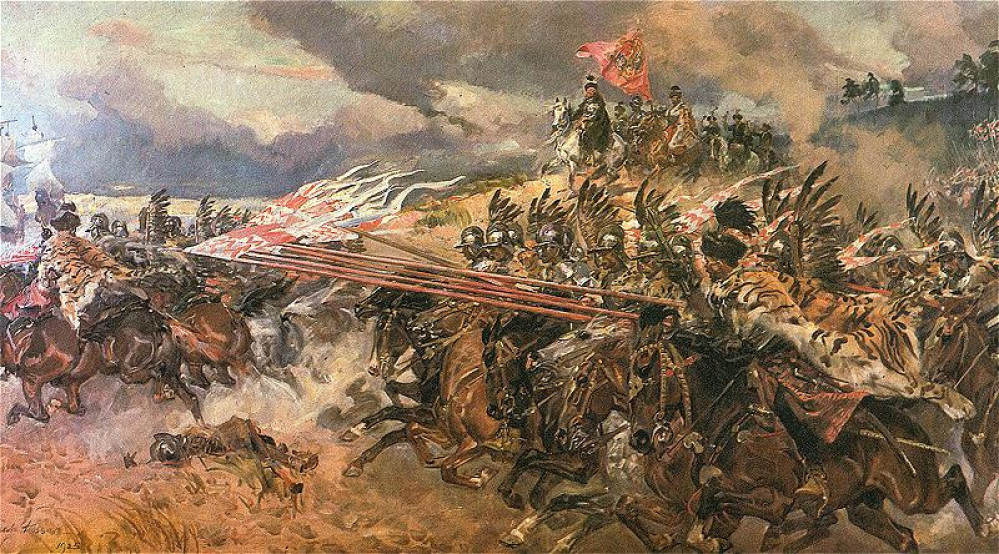
Husaria - Building a Polish army for the 1620s
Commanding Bases
In this project entry I’m going to cover basing the command groups for the infantry in my army.
Background
Up to now my foot units have typically had one base within the unit that includes the ensigns or standard bearers. In a period with either no uniforms, or what uniforms there were being vaguely understood now, it is often the unit’s flags that gives the strongest indication of what the unit is trying to represent. Also, I think flags look really good and so try to have two of them in most units. Along with the two standard bearers I typically include an officer and musician (most often a drummer) on the base. The officer’s sash can also suggest a particular historical force (although not as often as we’d hope). Therefore you can see that by changing this single command base you can swap the unit for use in a different army.
My basing system for foot figures is to use four 28mm figures on a 40mm square base. This system, with my approach to command bases, means that three bases makes a nice central pike block; two bases of pikemen either side of a central command base. The full regiment or battalion therefore looks like this.
New Requirements
More recently I have been looking at representing formations that don’t fit this approach, such as the Swedish brigade formation that Gustav Adolph used for his Swedish infantry. I’ve also been looking to experiment with other rule systems, some of which use the whole unit frontage as a measure in the game, that means this 360mm (9 bases each of 40mm width) wide formation isn’t very convenient. If I was able to have the command base outside the regular rank and file bases then it would make it easier to change units about.
A solution to this was suggested when I looked at some of Barry Hilton’s units on the League of Augsburg site (link). Barry sometimes uses a base that sits in front of the rank and file bases. I have seen he has used half hex shaped bases in some cases, and I think this looks quite neat. So, a brief email exchange with the ever helpful Warbases resulted in me receiving some half-hex 2mm thick MDF bases. These are 80mm point to point.
Here is my first new style command base. These figures are from 1898 Miniatures ‘Tercio’ range. The flags are slightly modified from Flags of War.
This base can be placed at the front of a unit. The idea is that it doesn’t count as part of the actual unit for the purposes of the game – it is just there for show.
The pictures show some different formations demonstrating how the new command base will fit in. I think it provides a flexible way having different formations and still have the command base ‘look right’. It can even be placed behind units to allow for the unit to be in combat.
I am pleased that this experiment seems to have worked out. I will build my command bases like this going forward. I want to try it in some games (when we can do those again!) and if it still seems like a good idea then I will consider going back and rebasing some of my old units.
Until next time!




































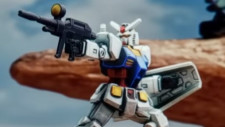





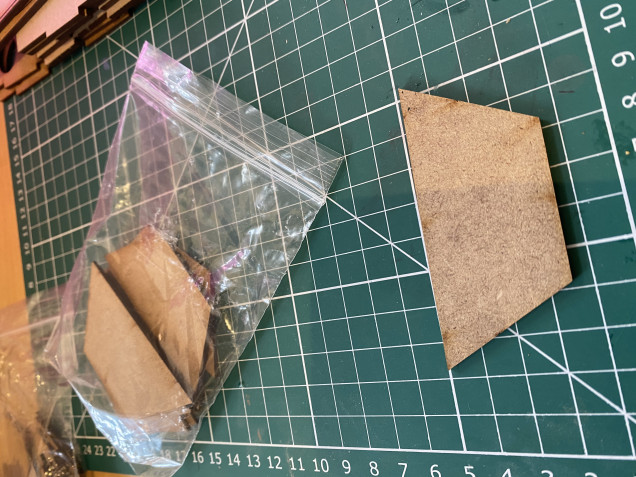
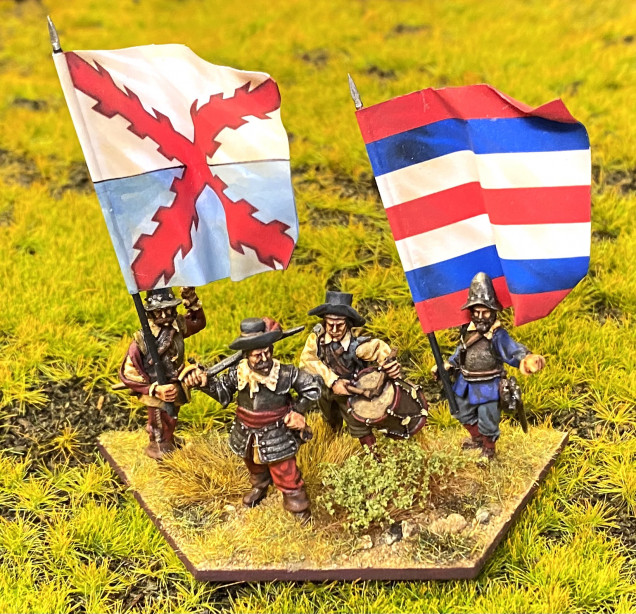
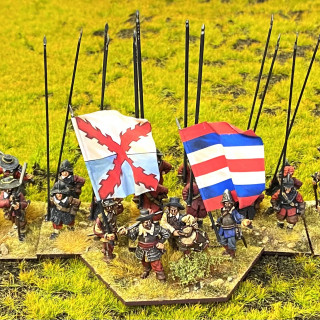
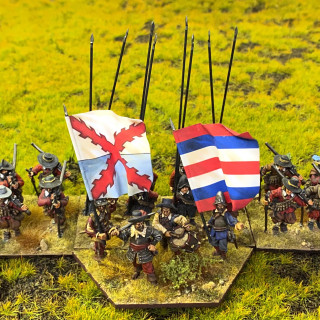
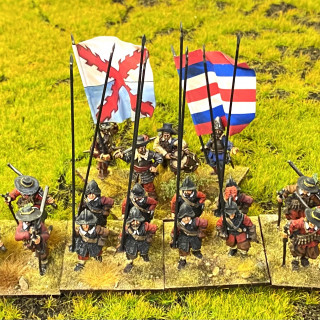
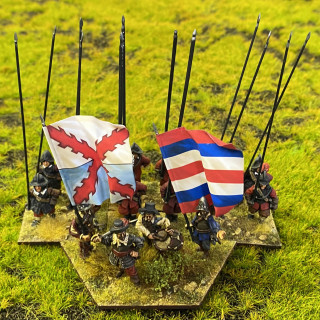
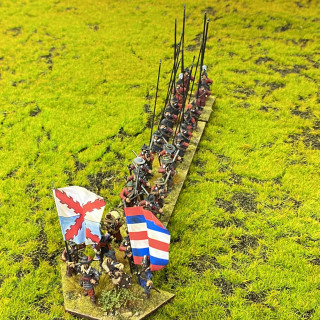
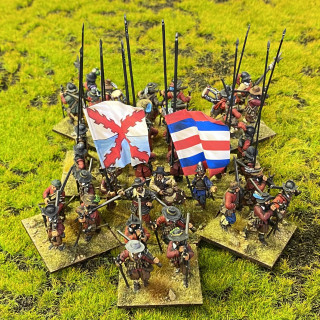

































Leave a Reply